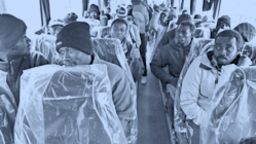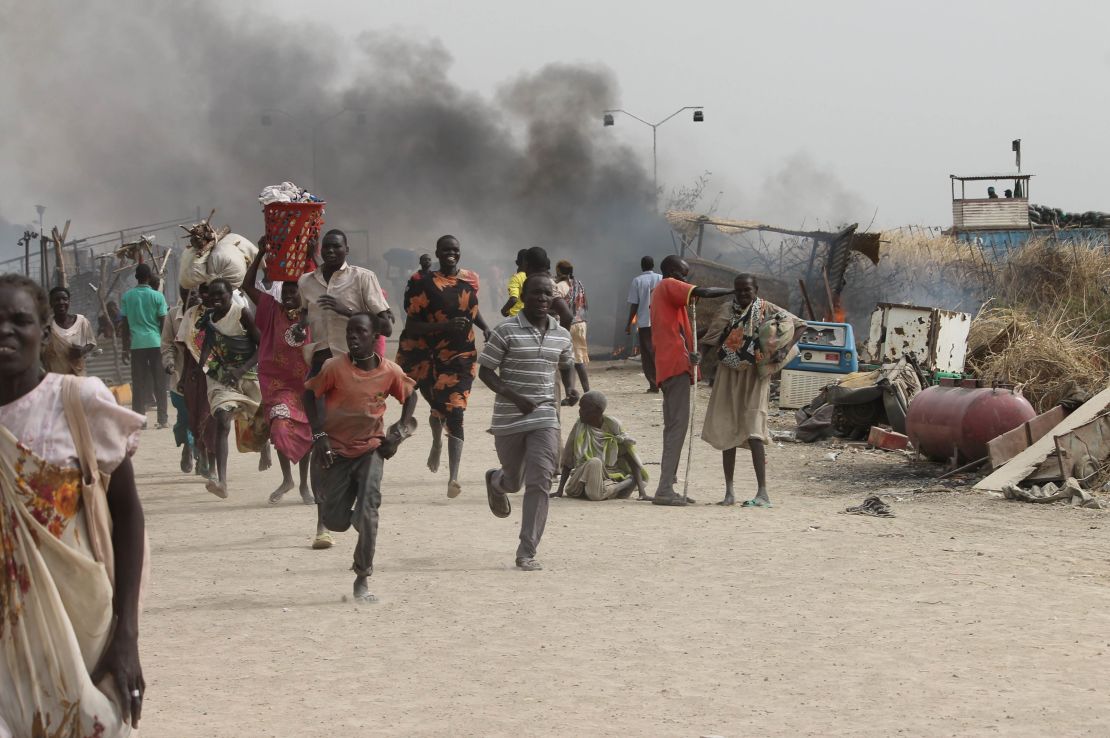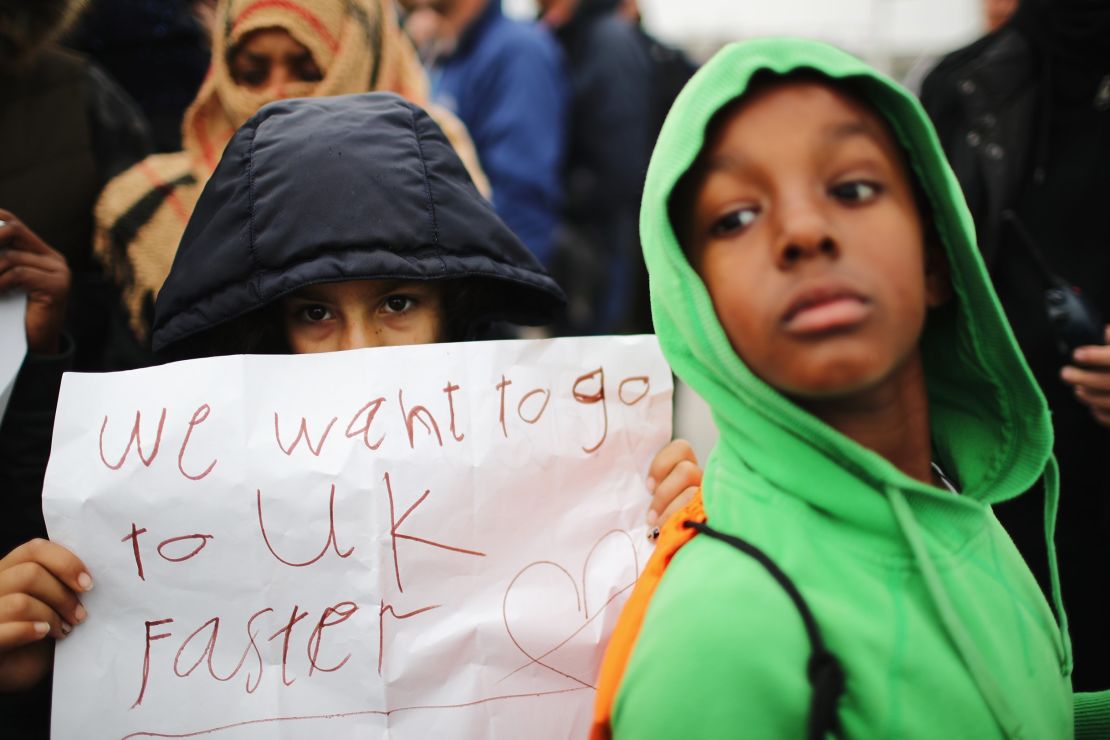The “Jungle” has been your home for almost a year.
Camping next to you is Wahid from Afghanistan. He’s been here for three months. Last night he disappeared in the middle of the night – it’s one of many times he’s tried to stow away in trucks to the UK, but was found again and again by scanners.
The Somali man you stand next to in the shower line has been here for about the same time. He’s trying to get to the UK, where his wife lives. He hasn’t seen her for six years.
You share your single person tent with Awad from Sudan. You met him on the boat you took across the Mediterranean five months ago. He’s given up trying to reach the UK – but he doesn’t speak French and doesn’t know what to do next.
Rumors have been circulating all month that the camp will be dismantled.
You’ve been around for two other removals before – but you’ve always been able to come back. Not this time.
Tonight, you were given a leaflet from a volunteer saying that tomorrow you must leave. The camp’s being dismantled.

The Jungle is a sprawling camp situated in the port town of Calais in Northern France. Until earlier this week, it was home to thousands of refugees and migrants. Around the time of its demolition, French authorities said around 6,500 people lived there. Aid organizations said it was more like 10,000.
Calais ‘Jungle’ migrant camp: What you need to know
The controversial camp was a base for people seeking to cross illegally into England through an undersea tunnel that connects the two countries.
TAKE THE BUS
Since Monday more than 6,000 migrants have chosen to take the bus and seek asylum in France. They have been relocated to one of 11 regions in France where they’re being housed in a temporary shelter.
French authorities have not revealed figures for each location. The next step for the migrants is to seek asylum.
LEAVE FRANCE
So far, nobody has opted to go home, according to French authorities. For many migrants they’ve crossed Europe to get to Calais – their savings gone to traffickers along the way.
3800 people drowned in the Mediterranean this year
The top countries of origin for migrants who were living in the Jungle are: Afghanistan, Sudan and Eritrea.
Here are some of the reasons they decided to make a new home in Europe:
Afghanistan

Sudan

Eritrea

STAY PUT

Around 1,200 children traveling without family have been registered and sent to one of the temporary centers around France – some however, were left behind.
A handful of children still remained in the camp on Friday afternoon, however most of the children had been taken to temporary shelters.
The French authority has been widely criticized for neglecting the Jungle’s most vulnerable – up to 70 teenagers slept rough on Wednesday and Thursday. Others were given shelter in the camp’s containers and in a makeshift school.

Around 40 adults were also still in the camp on Friday afternoon despite a heavy police presence.
Although Dunkirk migrant camp is less than 32 miles (50 kilometers) away, authorities say no one from the Jungle will be allowed to enter.
Before the camp was cleared by French authorities this week, aid organization Auberge des Migrants said that up to 1000 migrants left for Paris, hoping to secure one of 400 places at a new urban refugee camp scheduled to open this month. On Friday, French Interior Minister Bernard Cazeneuve said there had been no such movement.
For all the Jungle’s migrants, one thing is clear. The closure of Calais camp is not the end of their journey.
CNN’s Camille Verdier in Paris contributed to this report.
Editor’s note: The scenarios featured in this story are based on real-life stories from people living in the Jungle who spoke to CNN.



